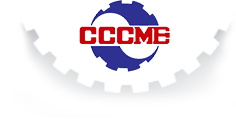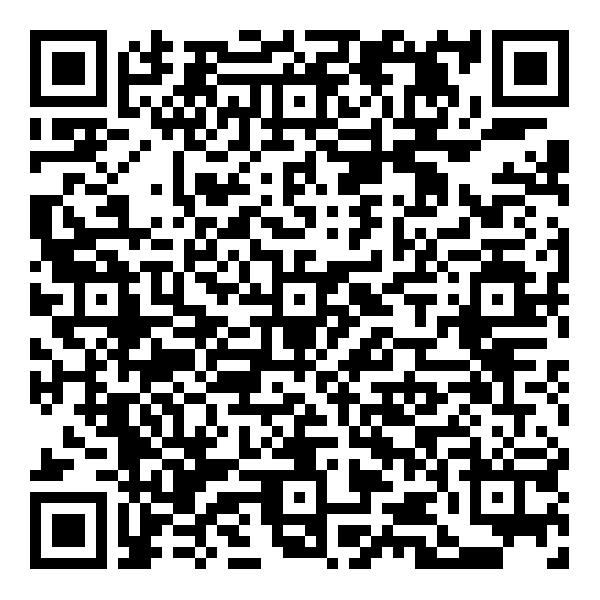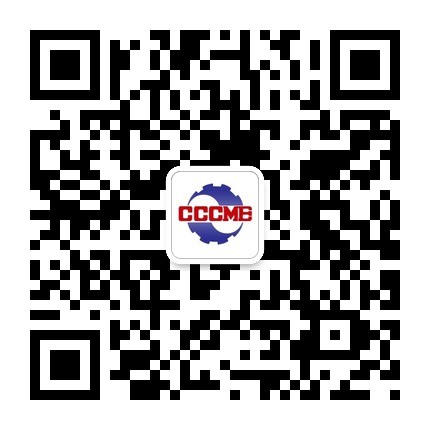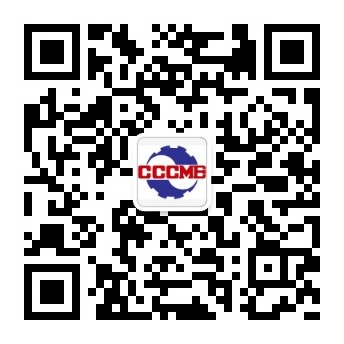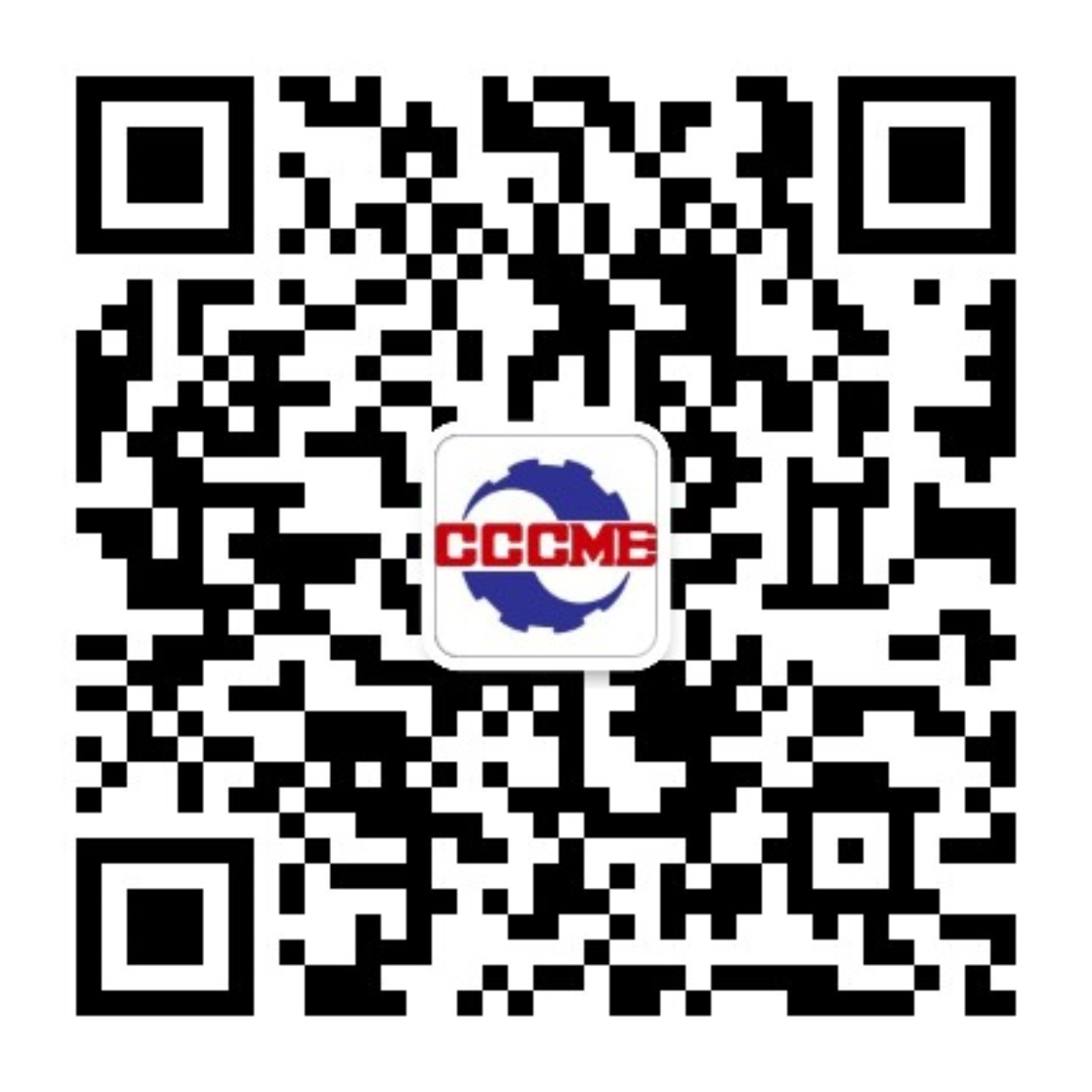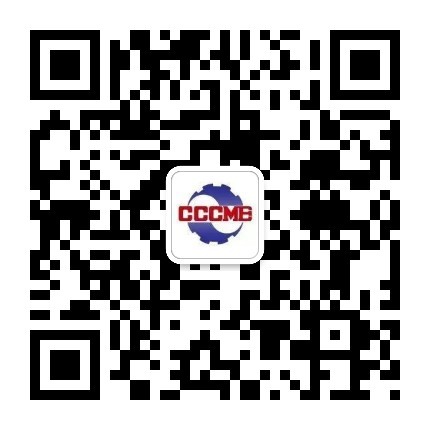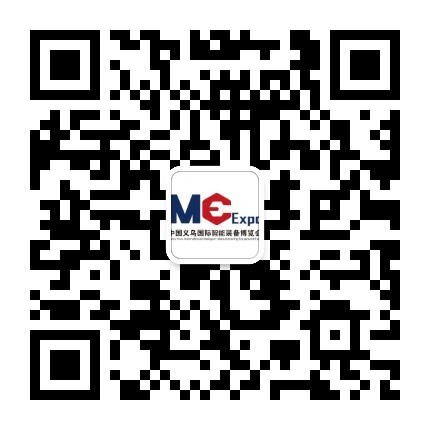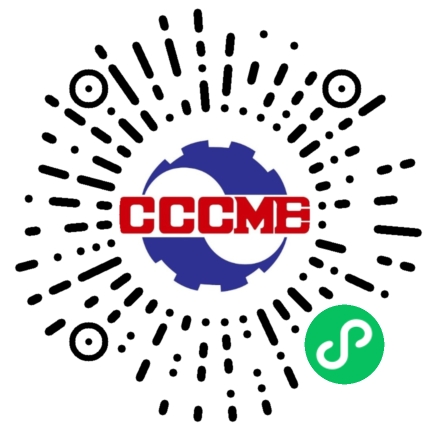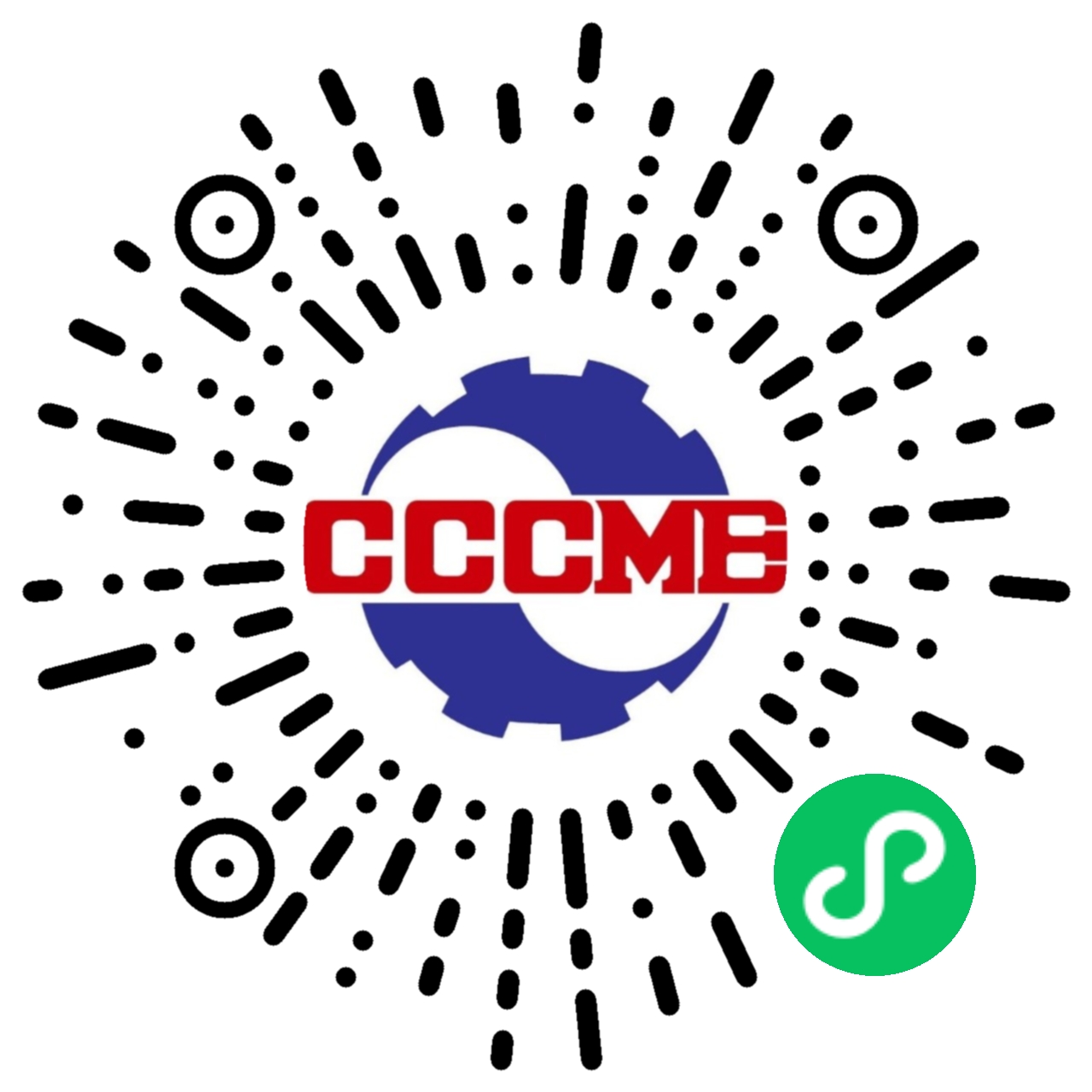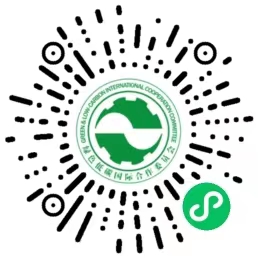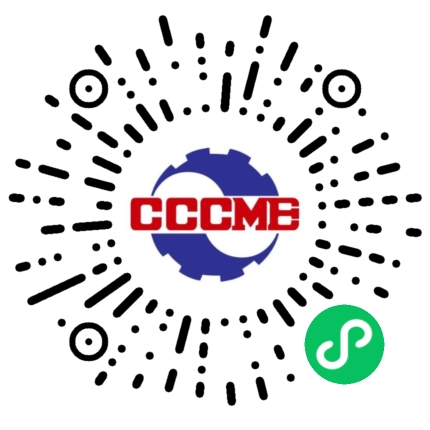How can the "new three" companies go to sea after the US imposes tariffs
The White House recently announced that it will impose tariffs on 18 billion US dollars of goods imported from China. The tariffs will be imposed on steel and aluminum, semiconductors, electric vehicles, batteries, ship-to-shore cranes, medical products and other industries, starting from 2024 to 2026. Recently, the International Monetary Fund (IMF) criticized the US government for imposing tariffs on Chinese electric vehicles, lithium batteries and semiconductors, warning that it could endanger global trade and economic growth.
Zeng Shengjun, a researcher at the Greater Bay Area Institute of Finance at the Shenzhen branch of the Bank of China, believes that the tariff rate imposed by the United States is not low, but the scale of the taxed products is the smallest since the Trump period, and the actual impact on the current Chinese economy is relatively limited.
U.S. Treasury Secretary Janet Yellen said in an interview with Public Radio and Television that the new U.S. tariffs on Chinese goods will protect American companies and workers, and will not hurt the wallets of American consumers, who do not believe that American consumers will see significant price increases. In other words, the United States also believes that the tariffs will have a limited impact on domestic consumption in the United States. If the impact is small, why does the United States still go ahead? Obviously, the United States hopes to fully revitalize its domestic manufacturing industry through this series of tax increases on Chinese products.
The US tariff increase focuses on China's "new three types" and other strategic manufacturing industries. In the tariff catalogue, the tax rate of the "new three" increased significantly, the tariff rate of electric vehicles increased from 25% to 100%, the tariff rate of lithium batteries for electric vehicles, lithium batteries for non-electric vehicles, and battery parts increased from 7.5% to 25%, and the tariff rate of solar cells increased from 25% to 50%. In terms of electric vehicles, the number of China's exports to the United States in 2023 is about 10,000, with direct exports of about 368 million US dollars, accounting for less than 1% of the product's exports. In terms of solar cells, exports to the United States were about $3.3 million, less than 0.1% of the total exports of this product.
Among the "new three" products exported by China to the United States, lithium batteries are relatively affected by the tariffs, according to the data disclosed by the General Administration of Customs, the United States has become China's largest lithium battery export destination for four consecutive years, and the amount of lithium batteries exported by China to the United States in 2023 is about 13.549 billion US dollars, accounting for 20.8% of the total exports of the product. It rose further to 22% in the first quarter of this year. However, non-electric vehicle lithium batteries (mainly energy storage batteries) and electric vehicle lithium battery production materials natural graphite and permanent magnets have a two-year exemption period. Taken together, the symbolic significance of the US tariff increase is greater, and the actual impact is relatively limited.
Coincidentally, on May 14, Chinese new energy vehicle company BYD launched its first pickup truck model "SHARK" in Mexico, and said it was considering establishing a new energy vehicle factory there. New energy vehicles like BYD are the world's largest sellers, and few cars currently enter the U.S. market. Not only BYD, but other Chinese brands have a low presence in the U.S. market, selling perhaps tens of thousands of Chinese cars in the U.S. compared with the millions of U.S. brands selling in China.
However, China's domestic "new three" enterprises still need to actively respond to the impact of tariff increases. In order to reduce the impact of continued tariffs imposed by the United States, China's "new three" enterprises have been actively responding, more and more enterprises will be capacity layout to Southeast Asia, India, the Middle East and even the United States, including Longi Green Energy, JA Technology, Trina Solar, JinkoSolar, Artes and other companies have been in the United States to build factories. Lithium battery companies and electric vehicle companies have also taken measures in advance, such as Ningde Times has two factories in Europe, and reached an agreement with Ford in February 2023 to provide technical help and patent licensing support for Ford's new lithium battery factory. In addition to building factories in Southeast Asia and Europe, electric vehicle companies are also targeting North America's "nearshore outsourcing (production closer to the consumption area)" investment destinations, such as Mexico and other countries.
In order to respond to the US tariff increase, China's "new three" enterprises need to take the initiative to take diversified countermeasures. First, to further accelerate the pace of "going to sea", through the export of technology to build factories overseas, adjust the export choice and flow direction to adapt to changes in the global market. The second is to tap the potential of China's domestic market and continuously expand the share of "new three" products. At present, the domestic retail penetration rate of electric vehicles has exceeded 50%, surpassing the traditional fuel vehicles, and it has become a trend for electric vehicles to gradually replace fuel vehicles. On March 7, The State Council issued the "Action Plan to promote large-scale equipment renewal and the replacement of consumer goods with old ones", which takes the replacement of old cars as one of the key contents. The Ministry of Commerce has also designated 2024 as the "Consumption promotion Year", and promoting the trade-in of automobiles and green consumer goods will be a focus of consumption promotion this year. "New three" enterprises need to grasp the policy opportunities, launch more new products and preferential activities to meet the needs of the market and consumers. The third is to pay attention to industrial policy orientation and changes in the market competition environment, and improve the level of product technology. On May 8, the Ministry of Industry and Information Technology issued the "Lithium battery Industry Specification Conditions (2024)" (draft for comment) and the "Lithium battery Industry Specification Announcement Management Measures (2024)" (draft for comment), aimed at guiding energy storage enterprises to actively adjust their business models and product portfolios, and reduce manufacturing projects that simply expand production capacity. At the same time, Tesla announced the landing of the energy storage gigafactory in Shanghai, which will also stimulate a new round of technological competition in the global industry. "New three kinds" enterprises need to strengthen technological innovation, improve product quality, reduce production costs, so as to enhance the core competitiveness of our products.
In addition, the financial sector urgently needs to further increase the support of the "new three" industries. First, increase the "new three" enterprises to "go out" cross-border financial services. Financial institutions can continue to optimize the cross-border financial service system, promote "bank-enterprise financing docking", "export receivables", "export credit insurance financing" and other business scenarios, strengthen cross-border payment and settlement services for trade transactions, and provide "online + offline" wire transfers, letters of credit and other cross-border RMB settlement services for import and export trade. According to the project construction needs of the "new three kinds" enterprises in overseas regions, we will provide more financial services support such as cross-border syndication and supply chain buyer credit. The second is to increase consumer financial support for the sales of "new three" products. Financial institutions can launch "old for new" exclusive consumer loan products, in the interest rate, quota and so on to make more attractive design; Together with the "new three kinds" trade-in related enterprises to organize green product promotion activities, and continue to increase the sustainable development concept of low-carbon consumption. The third is to increase the technological and financial support for the transformation and upgrading of the "new three" enterprises. Financial institutions should focus on increasing credit support for technological innovation for the "new three types" enterprises, meet the needs of project financing, provide medium and long-term technology research and development loans, technology transformation loans, and focus on technical research and customized financial services; Enhance the financing availability and convenience of the "new three" industrial chain, promote the virtuous cycle of "science and technology - industry - finance", so as to help create a new quality productivity of "green + technology".




